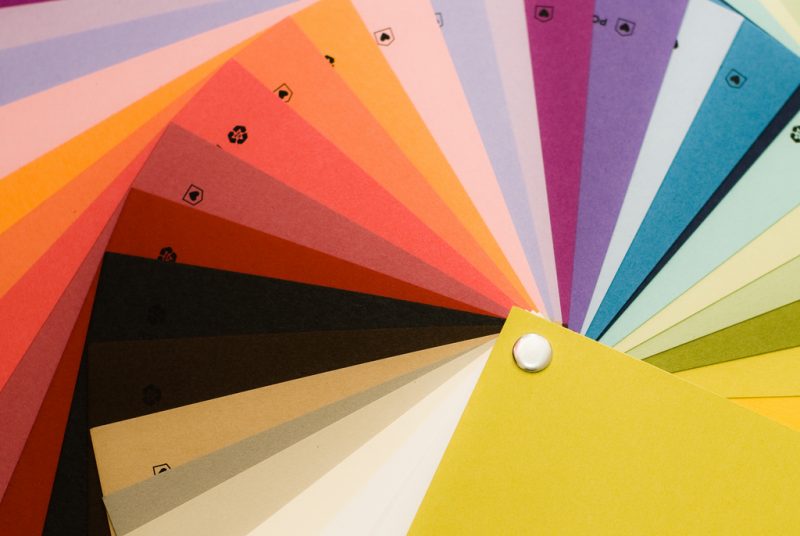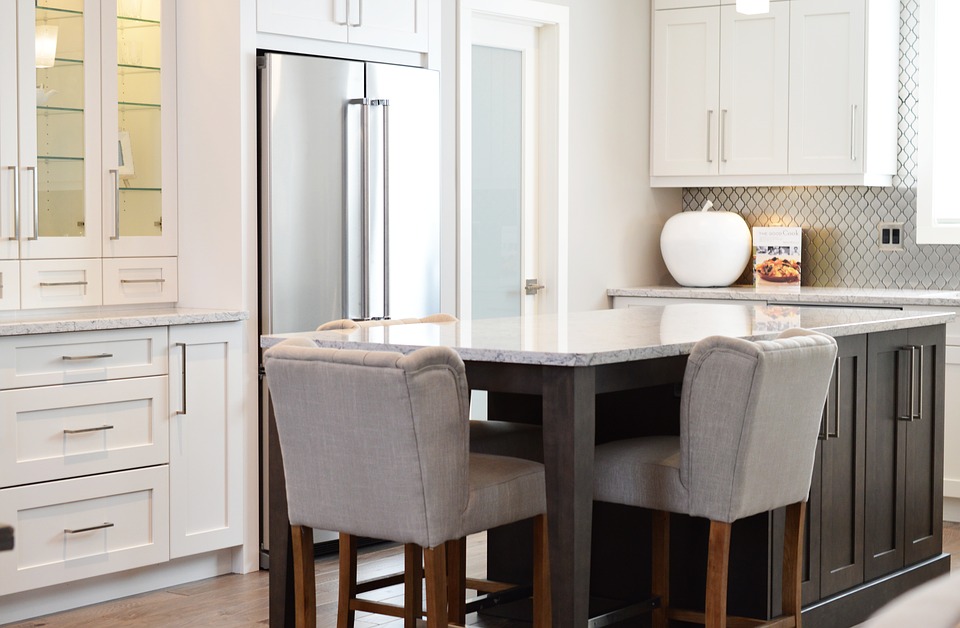Color samples are an important first step to home painting. You want to make sure you get all your colors right before going through with the full paint job, so making sure the colors work right the first time will save you headaches and heartache down the line. You want to make sure you find exactly the right shade and finish so you enjoy the final product!
That being said, there’s more to using color samples properly than just slapping some paint on the wall and calling it a day. There’s a right and wrong way to use color samples, and the experts here at Premier Painters are here to help you tell the difference.
Wrong: The Slapdash Approach
There’s an inclination to just get a bunch of different color samples, slap them onto an interior wall, and see how they look. Try it before you commit to it, right? That makes a lot of sense.
The problem is, a lot of people think this is a quick process, and quickly put a bunch of small areas of color alongside one another and call it a day. There are two problems with this approach. First of all, if you don’t take your time and plan it out, you’re going to end up with a random selection of thinly painted colors with rough edges. That’s not going to do justice to the colors; it’s going to be disorienting and unpleasant to look at. Secondly, if you test dark colors but end up deciding on a light color, that can create problems, as well. They’ll take more time and paint to cover over, adding to the headaches of the actual process itself.
In short, if you don’t plan out your color samples, you’re not going to get a benefit out of them.
Right: Orderly Design
To get the best view of your potential colors, you want strong, consistent samples, with clearly defined borders. That prevents the sloppiness of the paint job from affecting your opinion of the color.
The best way to do this, we find, is to get a piece of white index card stock, double-coat it in the color of your choice, and taping it to your walls as a sample.
The rectangle of color will look clean and strong on your wall – no faint colors or rough edges to distract you. It also leaves your walls clean, so there’s no trouble painting over the colors you don’t pick. Also, by painting it on white index card stock, you’re getting a better look of how the color will look on a white wall – which is important if you have a differently-colored wall now that you’re planning on using primer on.
It takes a little extra time and a little extra effort, but trust us – the dividends are definitely worth your while.






